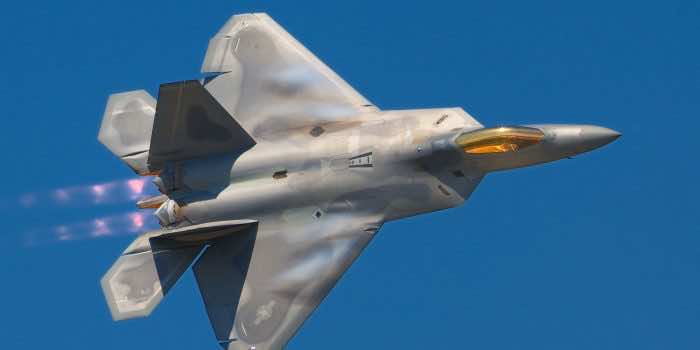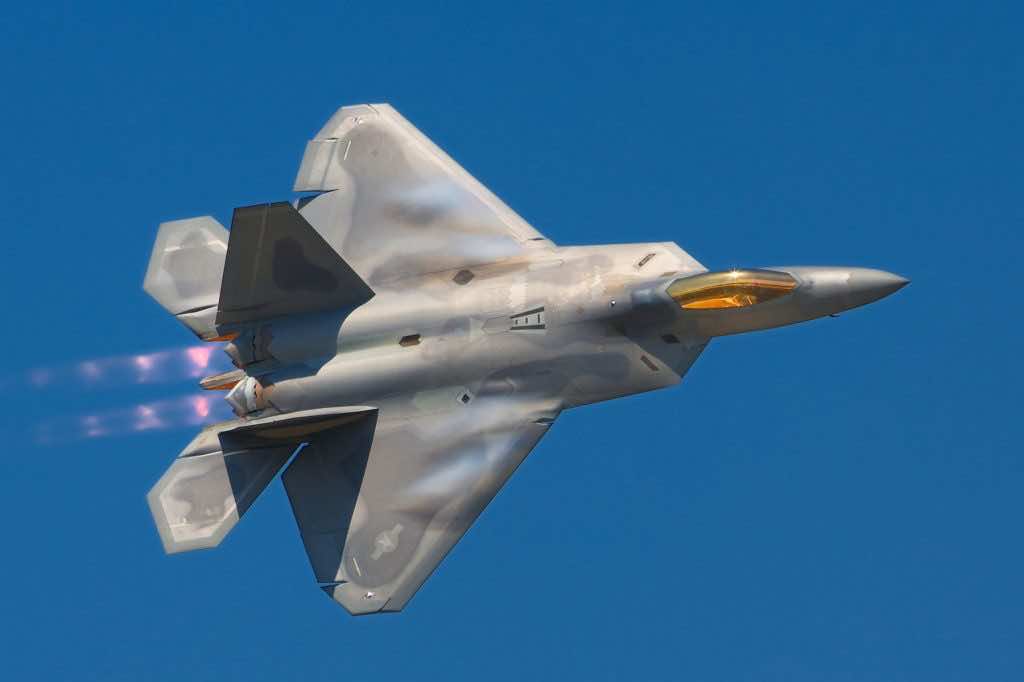
The Lockheed Martin F-22 Raptor (Also known as Rapier and Super Star) is a stealth fighter aircraft designed to replace the F-15C Eagle in the fleet of the USAF. It was designed primarily for combat missions involving air superiority but has secondary capabilities ranging from ground attack and close air support, to electronic warfare and reconnaissance. Its supreme agility and efficient payload have earned it a generally positive reputation. However, its economic footprint has made it a subject of controversy.
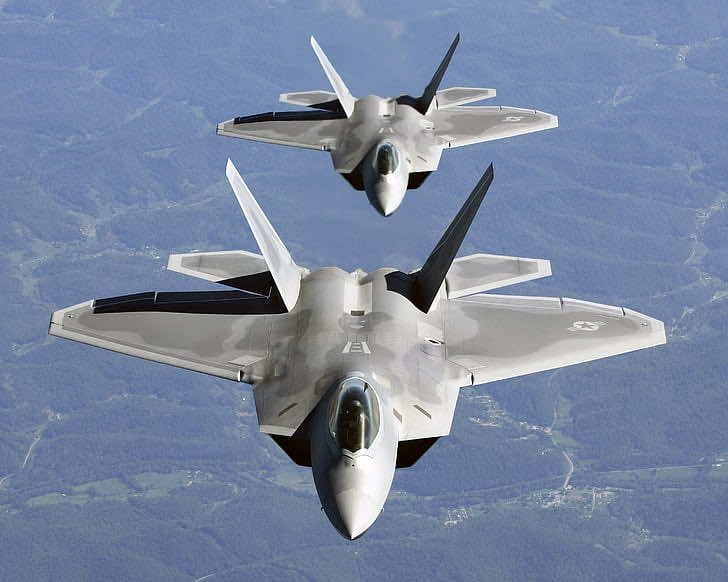
The prime contractor, Lockheed Martin, built most of the F-22’s airframe and weapons systems and conducted final assembly, while Boeing provided the wings, aft fuselage, avionics integration, and training systems.
A combination of sensor capability, integrated avionics, situational awareness, and weapons provides first-kill opportunity against threats. The F-22 Raptor possesses a sophisticated sensor suite allowing the pilot to track, identify, shoot and kill air-to-air threats before being detected. Significant advances in cockpit design and sensor fusion improve the pilot’s situational awareness. In the air-to-air configuration the Raptor carries six AIM-120 AMRAAMs and two AIM-9 Sidewinders. The F-22 has a significant capability to attack surface targets. In the air-to-ground configuration the aircraft can carry two 1,000-pound GBU-32 Joint Direct Attack Munitions internally and will use on-board avionics for navigation and weapons delivery support. In the future air-to-ground capability will be enhanced with the addition of an upgraded radar and up to eight small diameter bombs. The Raptor will also carry two AIM-120s and two AIM-9s in the air-to-ground configuration.
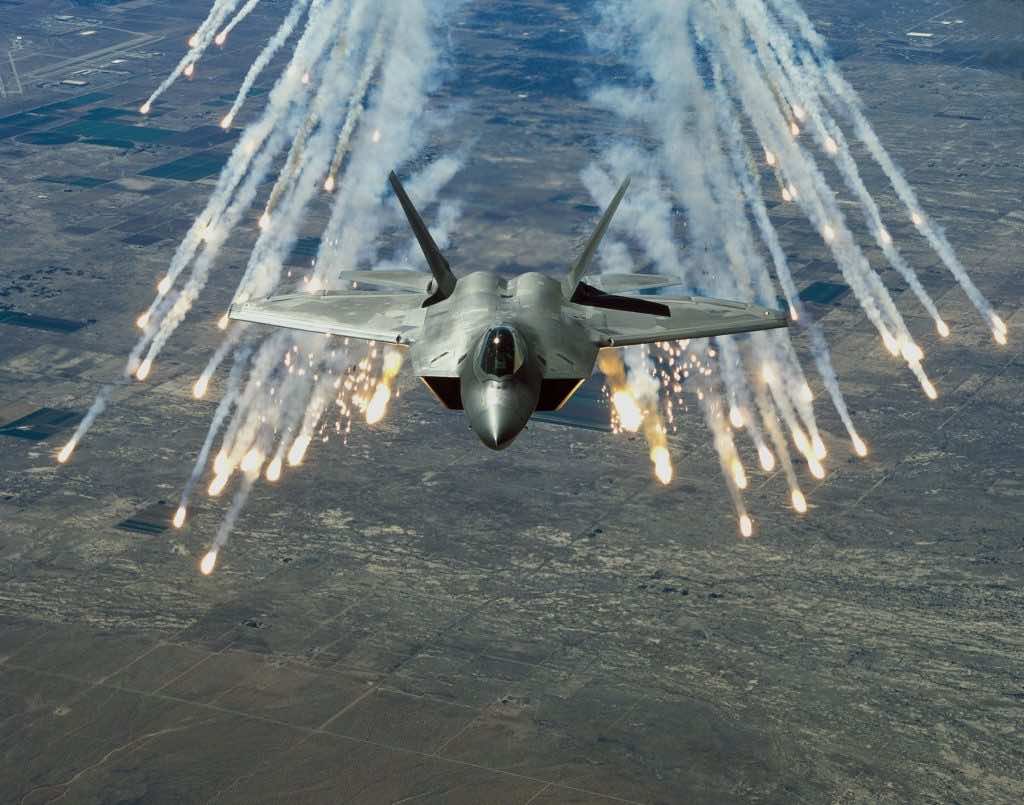
The aircraft has a length of 18.9m, height of 5.1m and wingspan of 13.6m. It has a range of more than 1,600nm. The F-22 construction is 39% titanium, 24% composite, 16% aluminium and 1% thermoplastic by weight. Titanium is used for its high strength-to-weight ratio in critical stress areas, including some of the bulkheads, and also for its heat-resistant qualities in the hot sections of the aircraft. Carbon-fibre composites have been used for the fuselage frame, the doors, intermediate spars on the wings, and for the honeycomb sandwich construction skin panels.
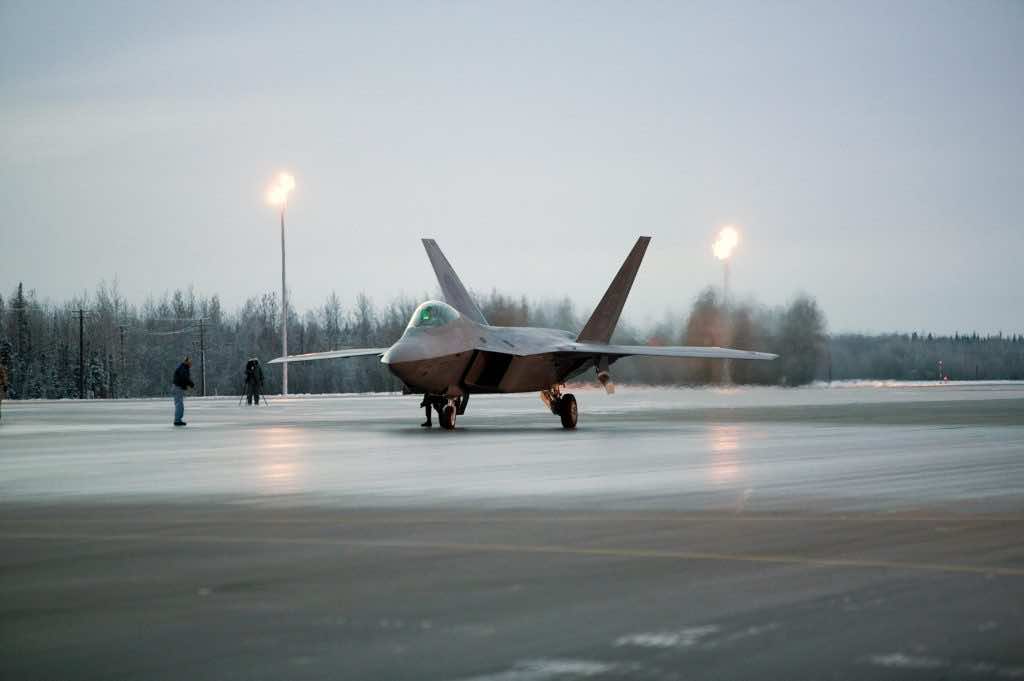
The F-22 engines produce more thrust than any current fighter engine. The combination of sleek aerodynamic design and increased thrust allows the F-22 to cruise at supersonic airspeeds (greater than 1.5 Mach) without using afterburner — a characteristic known as supercruise. Supercruise greatly expands the F-22 ‘s operating envelope in both speed and range over current fighters, which must use fuel-consuming afterburner to operate at supersonic speeds. The sophisticated F-22 aerodesign, advanced flight controls, thrust vectoring, and high thrust-to-weight ratio provide the capability to outmaneuver all current and projected aircraft.

